“That act of pausing for a moment to simply breathe, it can be really powerful and moving”: Mother-daughter duo Caroline and Laura Wright discuss the benefits of The Breath Control Project
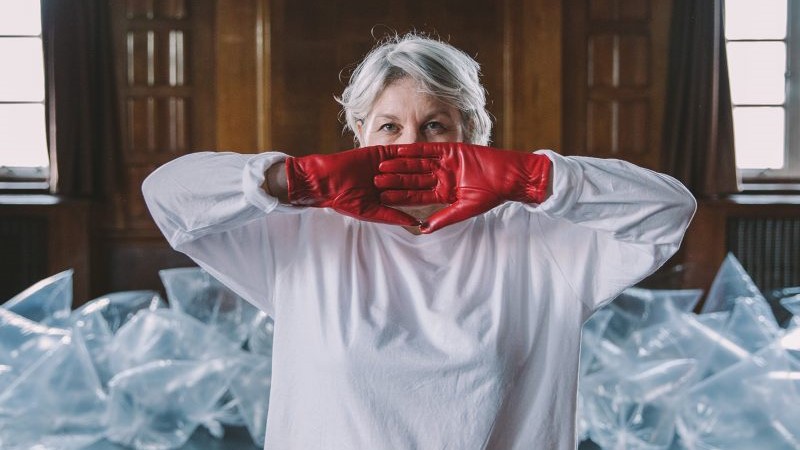
Visual and performance artist Caroline Wright collaborates with her daughter, acclaimed mezzo-soprano Laura, in a series of works that all use breath as material. Osmosis sees the pair, along with six other performers, experimenting with inhalations and exhalations, a bodily function that is reflexive, but one that is here closely examined. The second part of the immersive experience, Notes, contains a challenge at heart: how long can you maintain a musical note with just one breath?
We spoke to Caroline and Laura about the ideas behind this multi-disciplinary collaboration, their experiences working together and the audiences’ reactions so far.
What was your initial inspiration behind The Breath Control Project?
Caroline Wright: I’ve always been interested in the myriad ways in which we communicate with each other, and I was artist in residence in a speech therapy department a few years ago. This interest in speech and voice naturally led to breathing as it’s an intrinsic part of creating a vocal sound. But as an artist, it’s led me to think about breath as an artistic material. The Breath Control Project consists of many different artworks, each one using breath as its inspiration. At The Coronet Theatre, we’re presenting two of these artworks, an installation for one person at a time called Notes and a short performance called Osmosis.
Was this performance always about the dynamics of breathing?
Laura Wright: It’s always kind of stemmed from that, both with mum’s interest in breathing as a visual artist and mine as a soprano singer. But the way Breath Control has evolved as we’ve collaborated is it’s become much more integrated with musical elements and philosophical texts too. Osmosis, which is the performance I sing in, evolves each time we perform it, not least because it’s also shaped by the Breath Choir who also perform in it, formed, in this instance, of local people from Notting Hill. The piece is shaped by their experiences of breath too.
CW: It’s the way that breathing is universal yet a deeply personal and mostly unconscious act; we all seem to respond to it in different ways. I’ve been constantly inspired by that. I love to hear different people’s responses to the question “what is your relationship to your breathing health?”
How have you both found the experience of collaborating together as mother and daughter?
LW: Haha, well mum is here with me so I have to be nice! No, ever since I was about 9 years old I feel we have been collaborating in some way. Whether that’s been as support for each other’s artistic practice or conversations about our interests and what’s going on around us. Because we’re so close, we have this common thread between us, so collaboration comes easily. I think there might also be the fact I’m the only daughter with 3 brothers…
CW: You’re right, there is something else there too about understanding the world from a female perspective that we’ve always shared as mother and daughter. There’s also the way we are both creative and the approaches we share to making work, so we’re often sharing our experiences of exploring ideas and being inspired by the world around us.
LW: We do have a mutual respect for one another and a respect for one another’s practice. We’re quite different in our artistic worlds – Mum being more rooted in visual arts and me as a singer – so we bring our own identity and skills to the collaboration.
CW: Being so close helps to nurture this kind of unique unspoken understanding, a sense of knowing how we work together that is really natural. I think I know what Laura’s thinking and vice versa. I think so, anyway! But as always, it’s a trust. Trust, trust, trust. And I trust Laura completely.
Do you expect people to have changed their perspectives on breathing after participating? Can you tell our readers some instances where this has happened?
LW: Maybe not to have changed a perspective, but certainly Breath Control raises an awareness of your own personal breathing. People come out saying, “Oh now I can’t stop thinking every time I breathe!”
CW: Yes it’s definitely about making each person feel a greater awareness of their relationship to breath, of something we often take for granted.
LW: People often have an emotional response to Breath Control too. That act of pausing for a moment to simply breathe, it can be really powerful and moving. There’s also that link to our last breath and a respect for our mortality, which can be very emotional for people.
CW: I’m amazed at how people often link breathing and confidence. One of our Breath Choir participants talked of how they used to perform often but got put off because when they got nervous they’d become short of breath. This is the first time they’ve started performing again because they’ve gained the confidence to simply breathe.
LW: Yeah you’re right, there have been a lot of conversations about confidence.
CW: Our amazing flautist Carla also talks about how her musical practice helped with her asthma, that often her flute playing would be the only times she felt she was breathing properly.
How have audiences reacted so far to Breath Control: Osmosis and Breath Control: Notes?
CW: So far so good! Thankfully! People have talked about how they’ve loved the immersive nature of the Notes installation, and how this pause for breath can be quite moving, touching in a frenetic society – especially somewhere as frenetic as Notting Hill in London. In one instance, it enabled a member of the audience to recall personal moments that had become lost in her distant memory, and whilst this was an emotional experience she was grateful to have reconnected with the past.
LW: Other comments on the performance so far have been that it’s cinematic, experiential – rather than a straight narrative with a beginning, middle and end. And that people have been moved by having a moment to connect with their own breathing habits on a deeply personal level.
What would you like most for individuals to take away from this immersive experience?
CW: I guess that aspect of raising their awareness of breath. Really, it is the life force of so many aspects of our lives; it really is a precious thing, despite most of us really thinking nothing of it – quite literally nothing. Just having a moment to be aware and appreciate it in this moment of your life is really the most powerful aspect that I would love for people to take from The Breath Control Project.
LW: There’s that great opportunity to communicate this universal experience to others too. It’s always lovely when you hear people talk in the bar afterwards about this memory of breath or how the piece made them feel a certain way.
CW: Yes, it’s that fostering of deeper thought on how breath impacts so many different areas of our lives, be that in relation to a significant event – such as childbirth, preparation for sport, meditation, for example – or with regard to our connection to the air we breathe and how we care for our planet. Presenting the performance in London, near to one of the most air polluted areas, is not lost on all of us on stage.
Will you collaborate again? Are there any other projects on the horizon?
CW: Haha can you bear it Laura?!
LW: Ha! Undoubtedly yes, there will be another project, although nothing specific in the pipeline yet. I mean, we really hope to take The Breath Control Project to other places… but maybe you should ask us after we finish on Saturday, just in case!
Selina Begum
Photo: Rosie Powell
The Breath Control Project is at the Coronet Theatre from 30th May until 1st June 2019. Read our review here. For further information or to book visit the theatre’s website here.




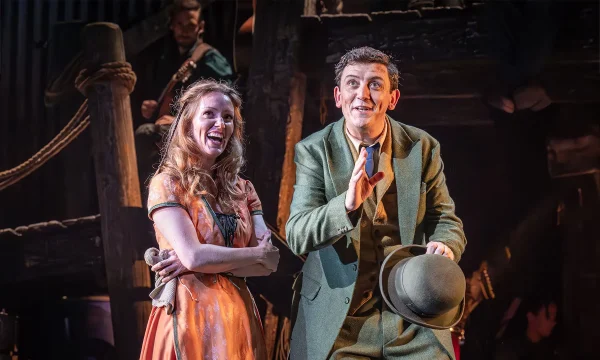
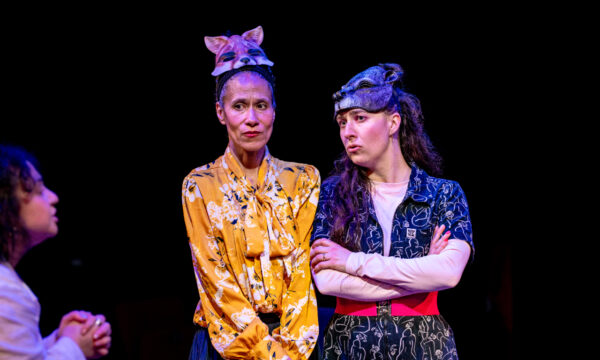
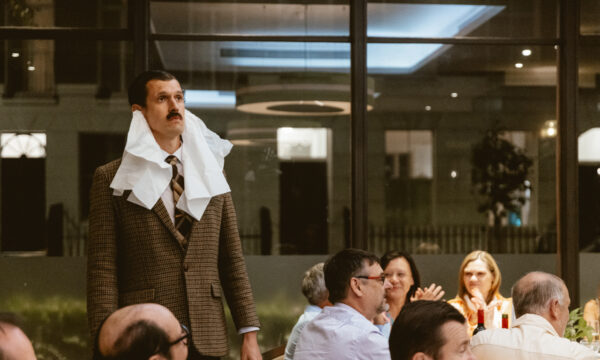
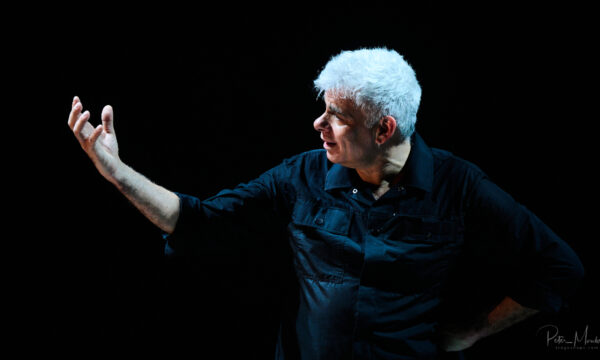
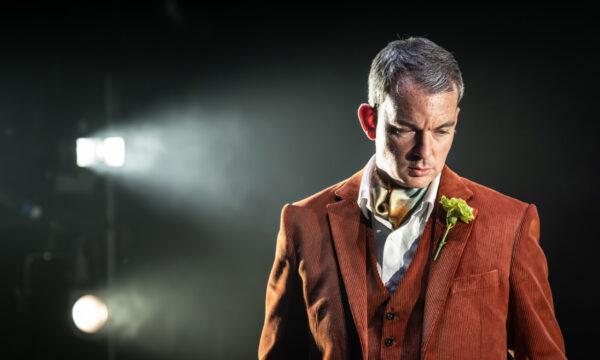
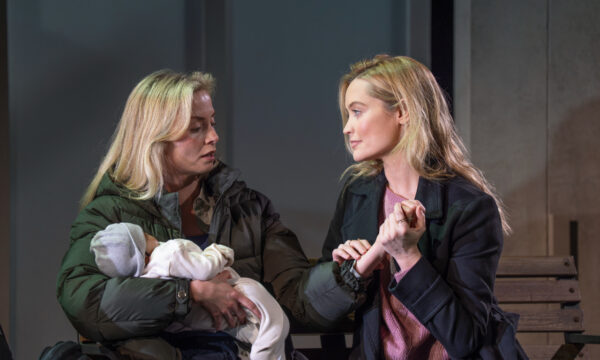












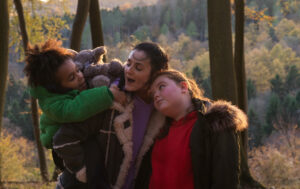

Facebook
Twitter
Instagram
YouTube
RSS